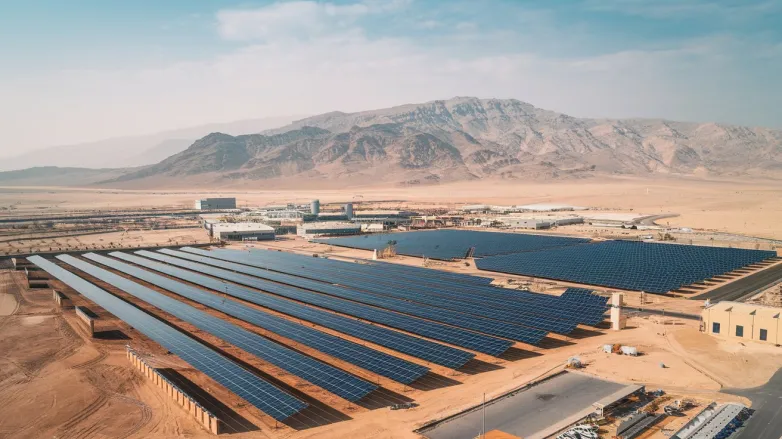New Zealand fast-tracks Lodestone’s 220-MW South Island solar project application
- Lodestone Energy won access to a fast-track approval pathway for a 220-MW solar park on New Zealand’s South Island, aiming to cut consenting timelines.

Lodestone Energy has cleared a critical procedural hurdle for one of New Zealand’s largest solar builds. The developer has been granted access to a fast-track approval process for its planned 220-MW photovoltaic park on the South Island—an administrative lane meant to compress assessment timelines while maintaining environmental and cultural safeguards. For a market that has historically leaned on hydro and wind, the project signals how quickly utility-scale solar is maturing.
Fast-track status doesn’t mean skipping scrutiny; it concentrates it. Lodestone will still need to address land use, visual impact, storm-water management, and biodiversity, alongside engagement with mana whenua and local councils. But a coordinated process can avoid the serial, stop-start reviews that add months to conventional consenting. For grid planners, that matters: New Zealand’s evening peaks are sharpening, and daytime solar—especially when paired with batteries—can relieve hydro reservoirs and improve reliability during droughts.
The company has not disclosed final equipment choices, yet modern builds of this size typically feature single-axis trackers and high-efficiency modules with DC/AC ratios tuned for annual yield. Expect plant-level controls to deliver voltage support, fault ride-through, and rapid curtailment response—capabilities now standard in interconnection conditions. While storage is not confirmed, co-located batteries have become the default option to shift noon generation into higher-value evening hours and to provide fast-response services prized by system operators.
Economically, the project promises construction jobs, local contracting, and long-term rates revenue. Lodestone will also be expected to deliver a robust construction traffic plan, sediment controls, and a biodiversity strategy—often including pollinator-friendly groundcover and hedgerow enhancements. Decommissioning provisions and site restoration plans are likely to be baked into consent conditions to protect community interests across the asset’s life.
If approvals flow as intended, Lodestone’s 220-MW plant could anchor a new cluster of South Island solar, complementing hydro’s flexibility with dependable daytime output. The broader signal is clear: with streamlined processes and grid-ready designs, large-scale PV is set to become a core pillar of New Zealand’s decarbonisation—not a side note.
Also read


